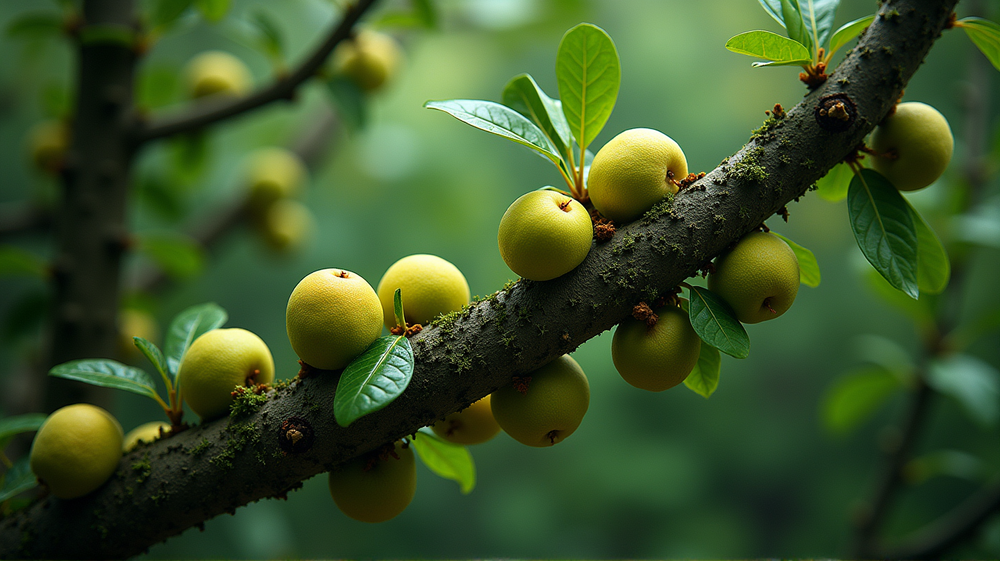The Hidden World of Macadamia’s Chloroplast
In a groundbreaking study, scientists have embarked on a bold exploration into the chloroplast genomes of macadamia, an economically crucial nut crop known for its nutrient-rich kernels and global popularity. The research delves into previously uncharted territories of the chloroplast, uncovering its structural and evolutionary dynamics with detailed precision. But why is this exploration so vital?
A Journey Through Genetic Diversity
The comprehensive analysis covers 185 cultivated macadamia accessions primarily from China’s rich germplasm collection. These plastomes were found to have conserved quadripartite structures, a monumental discovery that shines a light on the genomic resilience of macadamia amidst its rather short domestication history. This reveals a striking tableau of 23 distinct haplotypes identified from 573 SNPs and several long repeats. Even with macadamia’s narrow genetic base, such a level of genetic diversity is both remarkable and vital for future cultivation improvements.
Unraveling the Phylogenetic Mysteries
The study’s phylogenetic reconstruction paints an intricate picture of macadamia’s maternal lineages. Clustering patterns discernible between ancestral and modern cultivars showcase how selective breeding has maintained significant plastomic homogeneity among first-generation hybrids. Yet, the intrigue deepens with certain accessions displaying ambiguous phylogenetic placements, sparking curiosity for in-depth exploration. According to Nature, the conservation and variability revealed in plastomic studies are instrumental for evolutionary studies and breed authenticity.
Illuminating the Path for Future Breeding
With 115 functional genes across all plastomes, the research provides an invaluable resource for modern plant breeding strategies. Identifying genetic variations at this level helps refine the differentiation of macadamia varieties and influences breeding programs significantly. As the world’s demand for macadamias continues to climb, insights gleaned from plastomic resources are poised to fortify breeding strategies, amplify genetic diversity, and enhance macadamia’s stature as a global nutritional powerhouse.
Conclusion
The newfound plastomic insights offer not only a captivating snapshot of macadamia’s complex genetic architecture but also pave the way for enriched understanding and strategic development within the species. With potential long-term benefits stretching from cultivar authentication to genetic conservation, the exploration into macadamia’s chloroplast forms a cornerstone for its future ecological and economic success.













